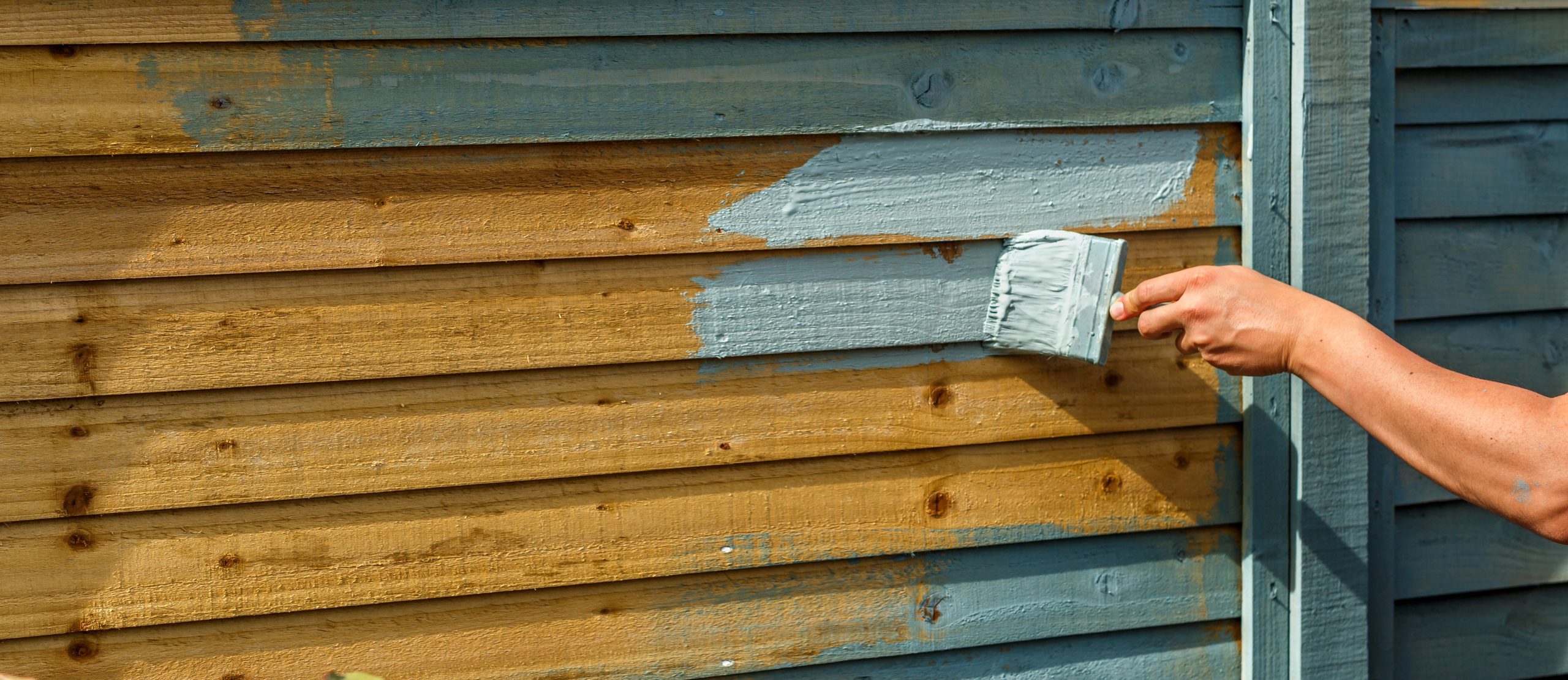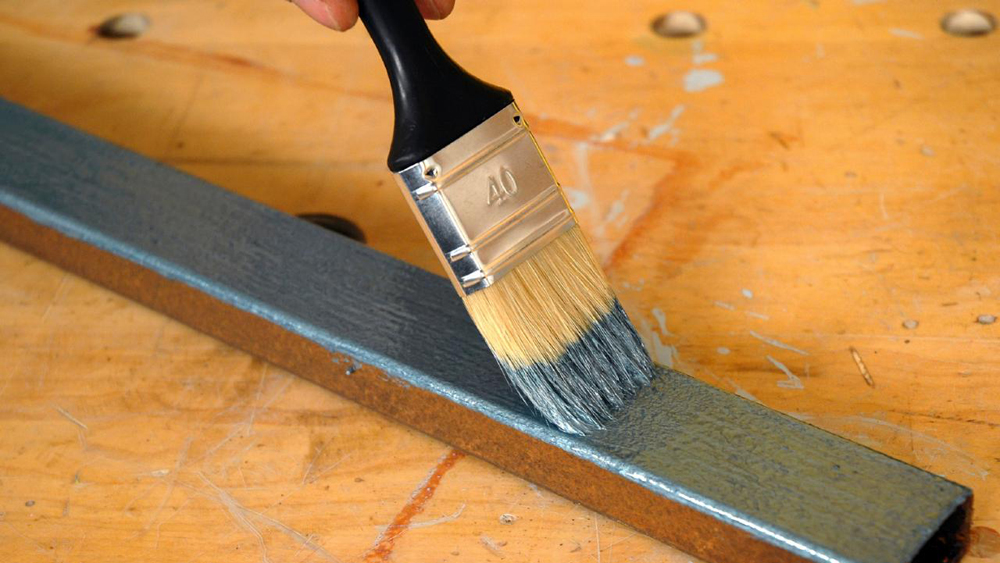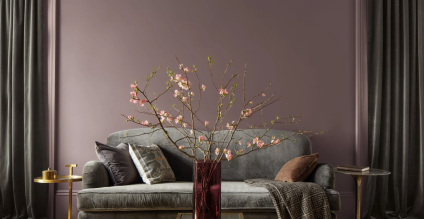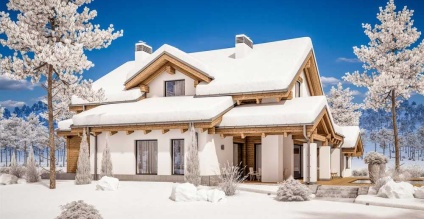How to Choose the Perfect Primer & Undercoat for Wood & Metal
How to Choose the Perfect Primer & Undercoat
Whether you're revamping an old radiator, painting internal doors, or preparing outdoor furniture, getting your primer and undercoat right is key to a smooth, long-lasting finish. But with so many products available—multi-surface, wood-specific, rust-blocking—how do you choose the right one?
In this guide, we will answer the question of How to Choose the Perfect Primer & Undercoat. To do this, we’ll break down the key differences between primers and undercoats, help you identify what’s best for wood vs. metal, and share expert tips on surface prep that’ll help you avoid flaking, bubbling or peeling paint later.

What’s the Difference Between a Primer and an Undercoat?
Although often sold together or bundled into "2-in-1" solutions, primers and undercoats serve distinct roles:
-
Primer: A bonding agent applied to bare surfaces (especially porous or difficult ones) to help paint adhere properly. Some also prevent stains or rust.
-
Undercoat: Applied after the primer to provide a smooth, consistent surface for your topcoat. It helps ensure even colour and coverage.
Pro Tip: For many modern paints, especially multi-surface or self-priming ranges, you may only need one product—but understanding when not to skip a proper primer is crucial!

Best Primers & Undercoats for Wood
Bare or New Wood
- Use a dedicated wood primer to seal the porous surface and prevent tannin bleed (especially on softwoods like pine).
- Follow up with a wood undercoat for the best adhesion of your top layer
Previously Painted Wood
- Lightly sand to de-gloss, then use an all-purpose undercoat if paint is in good condition.
- If flaking or uneven, a high-build surface sealer or primer/undercoat combo works well.
Knots & Resin-Rich Areas
- Use a stain-blocking primer like Zinsser B-I-N or a shellac-based product to prevent sap bleed and discolouration.
Best Primers & Undercoats for Metal
Bare Steel or Iron
- Apply a metal primer that is rich in zinc to prevent corrosion.
- Use an undercoat if your topcoat recommends one (especially with gloss or satin finishes).
Galvanised or Non-Ferrous Metals (e.g. aluminium, copper)
- These need etch primers or specialist adhesion primers since paint won’t bond well otherwise.
- A multi-surface primer may also work, depending on your topcoat type.
Rusty Metal
- Remove loose rust, then apply a rust-converting primer or use a direct-to-rust paint.
Surface Preparation Checklist
No primer can save a poorly prepped surface. Here’s what to do before painting:
-
Clean Thoroughly: Use sugar soap or degreaser to remove dirt, oil, or wax.
-
Sand Lightly: Roughen glossy surfaces to help the primer grip.
-
Remove Rust or Flaking Paint: Use a wire brush, scraper or sandpaper.
-
Dust Off: Wipe clean with a tack cloth or damp rag.
-
Dry Completely: Ensure the surface is moisture-free before priming.

Final Thoughts
How to Choose the Perfect Primer & Undercoat:
Choosing the right primer and undercoat can save you hours of sanding, scraping, and repainting later. Whether you're refreshing skirting boards or protecting metal gates from rust, start with the right foundation and you’ll get pro-level results—no matter your skill level. Check out the incredible range of primers and undercoats stocked by Colour Supplies now!
Related Articles
Colour Trends 2026: What’s Hot for Walls, Furniture & Features
As we move into 2026, it’s clear that colour is making a powerful comeback. While neutrals will always have their place, bolder and more expressive tones are set to define homes this year—from statement walls to furniture upcycles and even small accents.
How to Weatherproof Your Home Before Winter
As the temperatures drop and darker evenings roll in, preparing your home for winter becomes more than just pulling out your favourite jumper and stocking up on tea. Winter can be harsh on our homes—bringing with it freezing pipes, heat loss, mould issues, and higher energy bills.






